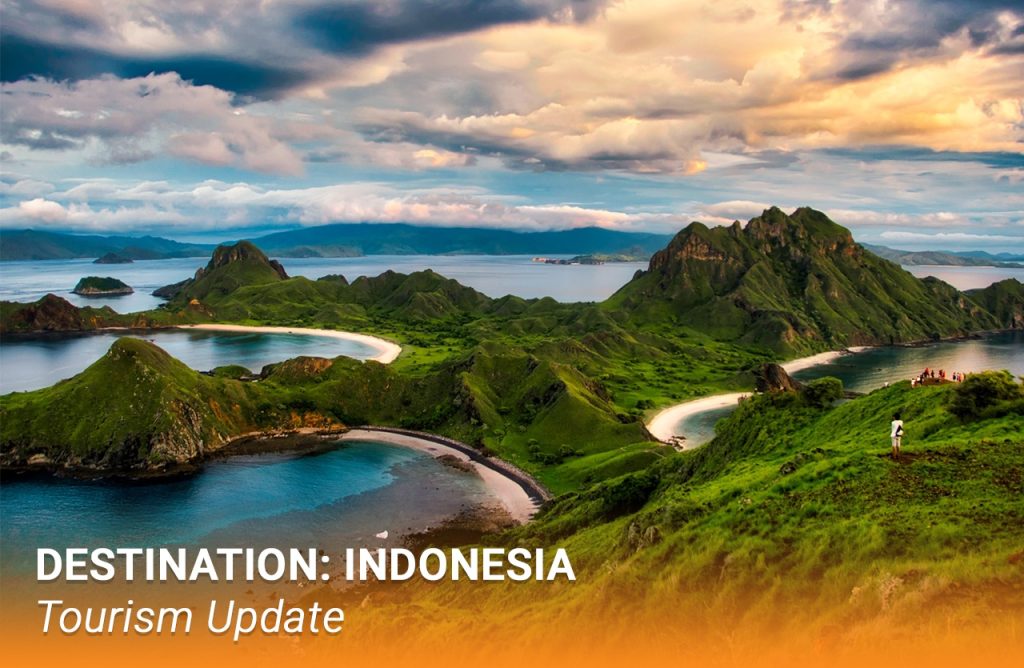
Located on the island of Flores in East Nusa Tenggara (NTT), Labuan Bajo has been designated as one of Indonesia’s five Super-Priority Tourism Destinations (DPSP). Now, the Ministry of Indonesian Tourism and Creative Economy is working to expand tourism to a range of nearby sites, each of which offers something unique.
“There are many tourist destinations that can be explored after visiting Labuan Bajo,” said Anggara Kusuma Pradoko, a representative from the ministry’s Archipelago Tourism Marketing Directorate. He highlighted the iconic Wae Rebo Traditional Village as one prime example, along with colourful Kelimutu Lake, Wologai village, Bena Traditional Village, spider web-shaped rice fields, and Bung Karno’s Exile House in Ende.
Pradoko went on to emphasise the importance of collaboration to this development process, which he says involves “local governments, tourism actors, influencers and mass media.” He also confirmed that “tour packages are being prepared to help tourists visit a number of tourist attractions other than Labuan Bajo.”
The Indonesian government believes expanding the reach of tourism to new sites will benefit local economies, while also providing international arrivals with new and immersive experiences to enjoy. To expedite this process, the ministry of tourism has been encouraging existing tourist villages to prepare homestays for tourists, and supporting the creation of tour packages that focus on meaningful and mutually beneficial interactions between travellers and local communities.
Labuan Bajo is a fishing town at the western edge Flores, and is also the capital of West Manggarai Regency in Komodo district. An improved road network connects the town to other nearby areas, including Ruteng, Bajawa, Ende and Maumere.
In addition to being the main point of embarkation for trips to the Komodo National Park, the coastal town is well connected to a range of other tourist destinations that are growing in popularity. This includes Gili Laba, Rinca Island, Komodo Island, Kanawa Island, Padar Island, Lingko Rice Fields, Kelor Island, Ranko Cave, Cunca Lawang, Bena Traditional Village, Manta Point, Pink Beach, Bidadari Island, Seraya Island, Kalong Island, Melo Village, Pede Beach and Sano Nggoang Lake.
Wae Rebo Village is a UNESCO World Heritage site famed for its traditional houses, called Mbaru Niang. Located just 5 hours’ drive from Labuan Bajo, the village provides visitors with a unique opportunity to learn about the Indigenous cultural heritage of Indonesia.
With so many attractions in its immediate orbit, and with a growing reputation on the global stage, Labuan Bajo is the rising star in an already stellar range of attractions offered by Indonesia.





